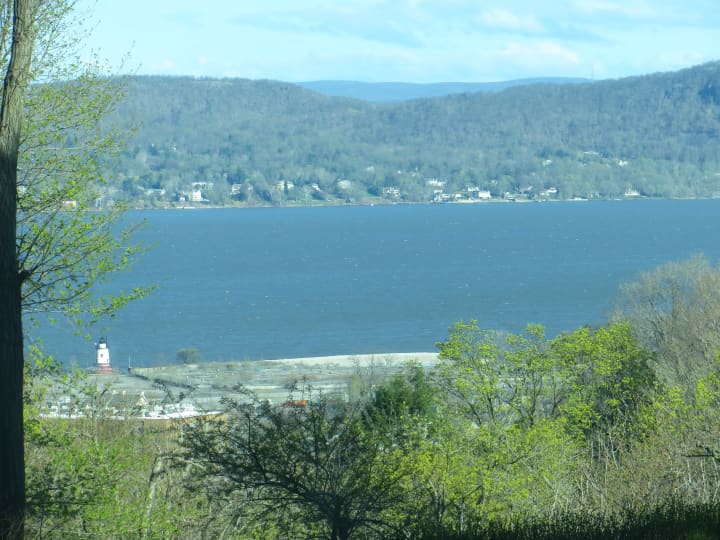The commissioned study, released on Tuesday, April 12, estimates that GE owes $11.4 billion to complete the restoration of the river’s natural resources.
The dumping occurred between 1947 and 1977, contaminating a 200-mile stretch of the Hudson from upriver factories to New York Harbor, the report said.
PCBs are persistent in the environment and are considered highly toxic to humans and wildlife.
The 200-mile stretch of the Hudson River is one of the largest Superfund sites in the nation.
The report says additional dredging is necessary to address significant PCB contamination remaining in river sediments that will continue to cause harm to wildlife and communities along the river for many decades if not removed.
The goal of dredging would be the reduction of PCB concentrations in Hudson River fish to levels that would be safe for consumption and accelerate the reduction of risk to other natural resources, the report said.
“GE’s contamination has caused 70 years of harm, that is expected to last another 50 years or more into the future," said Dagmar Schmidt Etkin, of Environmental Research Consulting and one of the report authors.
GE dredged for PCBs in the hotspots of the upper Hudson from 2009 to 2015, but Scenic Hudson believes that a high amount of these toxins still remain in the water and river sediment in dredged and un-dredged areas, the report stated.
“The people of the Hudson River Valley and visitors from across the nation have suffered for seven decades from the pollution of the river and surrounding habitat by GE’s PCBs, and the damage will continue for decades more, said Hayley Carlock, Scenic Hudson director of Environmental Advocacy.
The report is calling on federal and state trustees to conduct a full Natural Resource Damage Assessment (NRDA) in order to make recommendations for future restoration efforts.
The report is not an NRDA, but it used the same applied analysis of that assessment
Click here to follow Daily Voice Rivertowns and receive free news updates.


